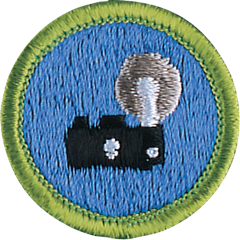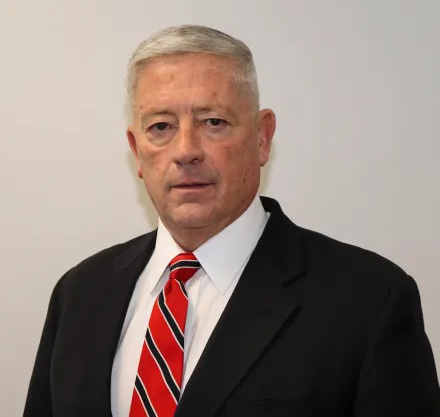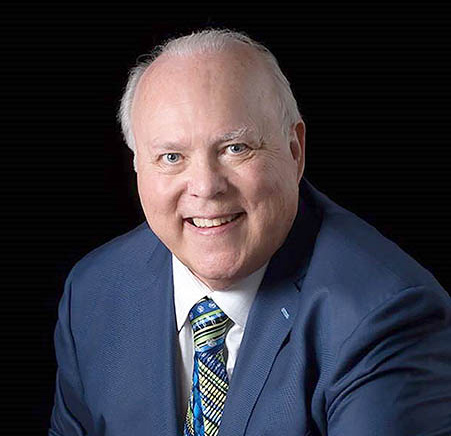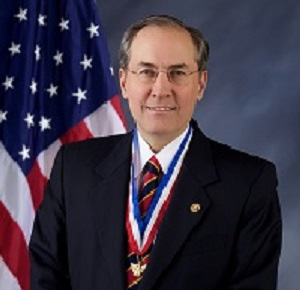
Jim Brown earned the Photography merit badge in 1959, not long after he had completed his first commercial assignment. So when the longtime Indiana photographer (and Boys’ Life and Scouting magazine contributor) helped rewrite the Photography merit badge pamphlet this year, one change might have caused him a twinge of pain.
“The old one talked a lot about film and made a passing reference to digital,” he says. “In this one, we created a new section called ‘The History of Photography.’ And that’s where film resides.”
But the new pamphlet, which supports revised requirements that took effect Jan. 1, is about more than technology. It’s about using cameras, whether film or digital, to tell stories.
“How do you make a storytelling picture or a series of pictures to convey what Scouting’s all about?” he says. “That’s a major focus of the book.”
To accomplish that goal, the badge has three new requirements that move Scouts from the craft of using a camera to the art of telling stories through photography. For requirement 4, Scouts explore the use of different perspectives, light sources, depths of field and compositional techniques. For requirement 5, they take different types of photos, such as close-ups, action shots and landscapes. And for requirement 6, they consider software methods or simple cropping to improve the photos they’ve taken.
These requirements lead naturally to requirement 7, for which Scouts use eight to 12 images to tell a story (much like the old requirement 4).
“The presentation of the story can be done in a variety of forms, including digital presentation,” Brown says. “But we recognize that not every Scout has a computer, so there are lots of options in terms of the presentation. It could just be prints on a board.”
As in previous versions of the badge, Scouts must explain how to adjust settings like aperture, shutter speed and ISO (a measure of light sensitivity); this is part of requirement 2. They don’t, however, have to use a camera on which those settings can be adjustable. A Scout could complete the badge using a fully automatic camera — even the one on his cellphone — but he’ll be ready to go beyond the basics should he choose to in the future.
“When people move beyond fully automatic settings, they need to understand how optics work and how the shutter works and how the ISO works,” Brown says.
Given the focus on visual storytelling, there’s nothing in the badge about selfies, which Brown considers to be simple recordkeeping.
“If they want to take selfies, that’s great, but once that’s done, do something else,” he says. “I’m not against selfies per se; it’s just that I want them to go beyond that.”
Selfies or not, Brown is proud of the new pamphlet.
“It’s been really satisfying for me at the end of my career to work on something that I earned in 1959,” he says.
Even if he had to relegate much of his career to the history chapter.












